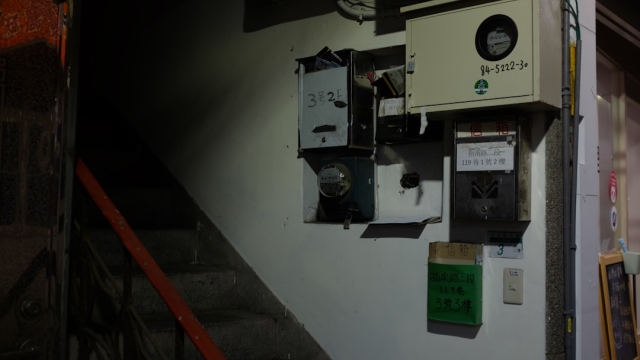Renewable energy integration is a vital aspect of transitioning towards a more sustainable and resilient energy system. It involves the process of incorporating renewable energy sources, such as solar, wind, and hydroelectric power, into existing energy infrastructures. This integration is crucial for reducing reliance on fossil fuels, lowering greenhouse gas emissions, and promoting energy independence. As the global energy landscape evolves, understanding how to effectively integrate these renewable sources is essential for communities and businesses alike.
Overview of Renewable Energy Sources
Renewable energy encompasses a variety of sources that are naturally replenished. The most common types include:
– Solar Energy: Harnessed from sunlight using photovoltaic cells or solar thermal systems, solar energy can be deployed at both residential and utility scales. – Wind Energy: Generated through wind turbines, wind energy is a scalable resource that can be utilized in various geographic locations, especially in areas with high wind potential. – Hydroelectric Power: This form of energy exploits flowing water, converting kinetic energy into electricity. It is highly efficient and can provide a stable power supply. – Biomass: Organic materials, such as agricultural waste or wood, can be converted into energy through combustion or fermentation offering a renewable alternative to fossil fuels. – Geothermal Energy: Utilizing the Earth’s internal heat, geothermal energy provides a consistent and reliable energy source, particularly in regions with volcanic activity. Each of these sources has distinct characteristics and potential, making their integration into existing systems an essential consideration for energy planners.
Strategies for Integrating Renewable Energy into Existing Systems
Integrating renewable energy into existing power generation systems requires careful planning and execution. Here are some practical strategies:
1. Grid Modernization: Upgrading transmission and distribution networks to handle the variable nature of renewable energy sources is vital. Smart grid technologies can enhance grid resilience and efficiency. 2. Energy Storage Solutions: Implementing battery storage systems or pumped hydro storage can help balance supply and demand, storing excess energy generated during peak production times for use during lower production periods. 3. Demand Response Programs: By incentivizing consumers to adjust their energy usage during peak times, demand response programs can help stabilize the grid and optimize energy consumption. 4. Hybrid Systems: Combining renewable sources with traditional energy generation can provide a more stable energy supply. For instance, pairing solar power with natural gas generators can ensure reliability even when solar output is low. 5. Regulatory Frameworks: Supportive policies and incentives from governments can encourage investments in renewable energy projects, making it easier to integrate these sources into the grid. While these strategies offer solutions, challenges such as regulatory barriers, infrastructure costs, and public acceptance need to be addressed to facilitate successful integration.
Technological Innovations Supporting renewable energy integration
Technological advancements play a significant role in enabling renewable energy integration. Innovations such as energy management systems, predictive analytics, and advanced forecasting tools allow for better grid management and energy distribution. Additionally, the development of microgrid systems provides localized energy solutions that can operate independently or in conjunction with the main grid, enhancing resilience against outages.
Benefits of Renewable Energy Integration for Communities and Businesses
The integration of renewable energy sources brings numerous benefits, including:
– Environmental Sustainability: Reducing greenhouse gas emissions helps combat climate change and improves air quality. – Economic Growth: Investing in renewable energy creates jobs in installation, maintenance, and manufacturing, bolstering local economies. – Energy Independence: Utilizing domestic renewable resources reduces reliance on imported fossil fuels, enhancing energy security. – Community Resilience: Localized energy systems can enhance the reliability and resilience of power supply, especially during natural disasters or grid failures.
Case Studies of Successful Renewable Energy Integration
Several communities and businesses have successfully integrated renewable energy into their operations. For example, a city may implement a comprehensive solar initiative, resulting in significant cost savings on energy bills and a substantial reduction in carbon emissions. Similarly, a corporation might establish a wind farm to power its facilities, demonstrating a commitment to sustainability while also benefiting from lower energy costs.
| Renewable Source | Integration Benefit | Example Application |
|---|---|---|
| Solar | Cost savings | Residential rooftops |
| Wind | Job creation | Commercial wind farms |
| Hydro | Reliable power | Utility-scale projects |
| Biomass | Waste reduction | Agricultural processing |
In conclusion, renewable energy integration is not merely a trend but a crucial step towards a sustainable future. By leveraging diverse energy sources and employing innovative strategies, communities and businesses can create a more resilient energy landscape. The journey may come with challenges, but the myriad benefits make it a worthwhile pursuit for all stakeholders involved. For more insights on renewable energy integration, exploring resources and expert advice can provide additional guidance and inspiration.







